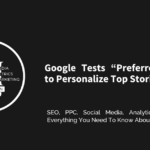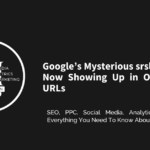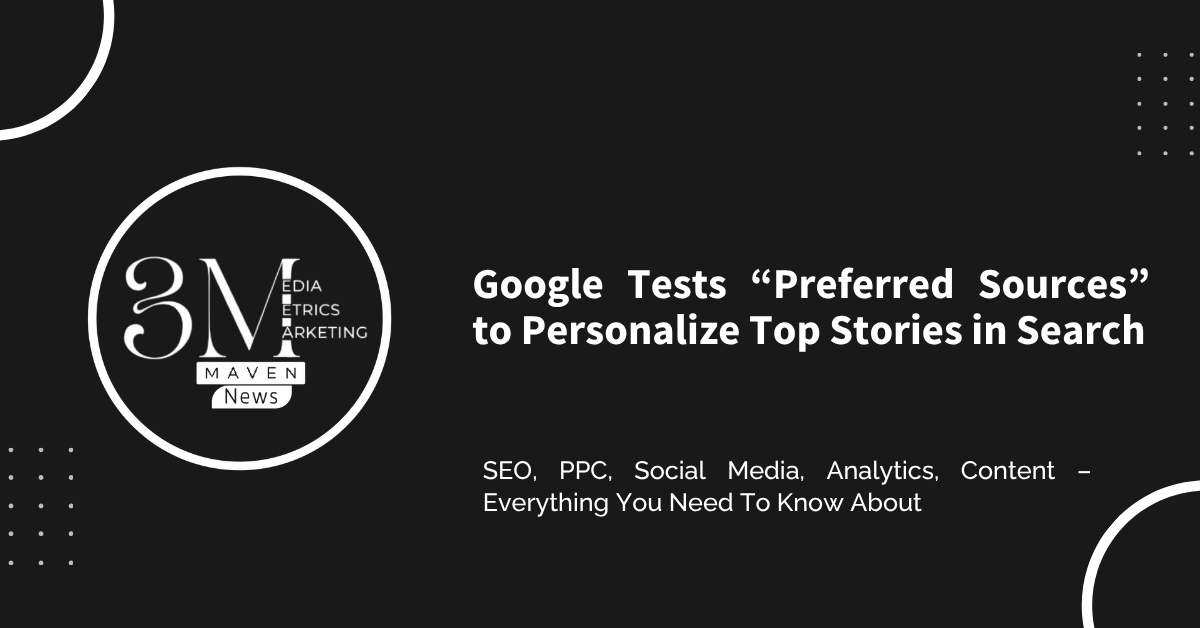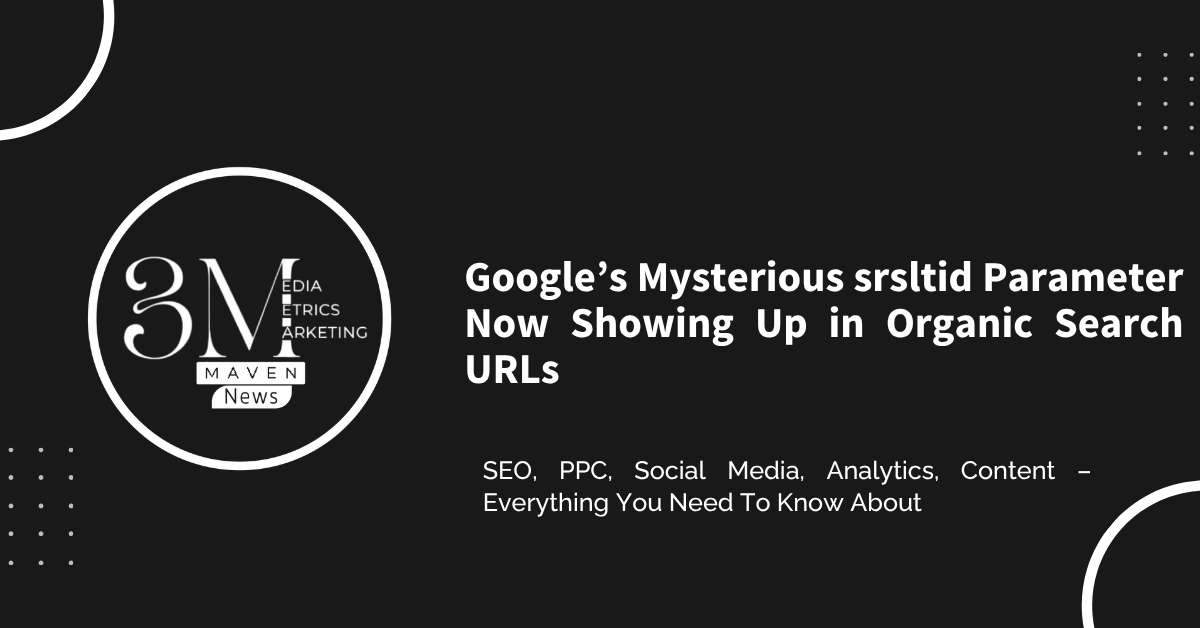Introduction: A New Way to Customize News Results
Google is currently testing a new feature that allows users to personalize the Top Stories section in search results by selecting their preferred news sources.
This experiment, available through Search Labs , is currently rolling out to users in the U.S. and India, offering greater control over which publishers appear in news-related searches.
How the Preferred Sources Feature Works
Users participating in the test will notice a new starred icon within the Top Stories carousel. Clicking on this icon opens a menu where they can select their favorite news outlets.
Once preferences are set, articles from these sources are more likely to appear in the Top Stories section when relevant. These stories will be marked with a star next to the site name — though they won’t fully replace content chosen by Google’s algorithm.
In some cases, a secondary carousel labeled “From your sources” may also appear below the main Top Stories section.
Moving Toward More User-Centric Search Experiences
The Preferred Sources feature builds upon Google’s existing personalization tools, such as highlighting content from sites users have visited frequently or showing updates since their last search.
Importantly, users retain full control over personalization settings. A “Try without personalization” link at the bottom of the page allows users to toggle between personalized and standard search results, promoting transparency and choice.
Implications for Publishers
For publishers, this change could lead to increased visibility if they’re selected as preferred sources by regular readers.
However, smaller or emerging news outlets may face challenges competing with well-established brands, especially if users tend to favor familiar names. This shift underscores the importance of:
- Building strong brand recognition
- Engaging directly with audiences
- Delivering consistent, high-quality, and timely content
The Bigger Picture: Balancing Algorithm and User Choice
This test reflects Google’s ongoing efforts to strike a balance between algorithm-driven discovery and user-driven customization in search results.
While still in the experimental phase, the rollout of the Preferred Sources feature suggests that Google is exploring ways to give users more influence over what appears in their search results — without completely abandoning its ranking systems.
What This Means for SEO and Content Strategy
If the feature becomes widely available, it could significantly impact how publishers and marketers approach SEO and content strategies aimed at securing visibility in Google Search.
Marketers and content creators may need to focus even more on cultivating direct audience relationships and encouraging user engagement to stay visible in an increasingly personalized search landscape.










